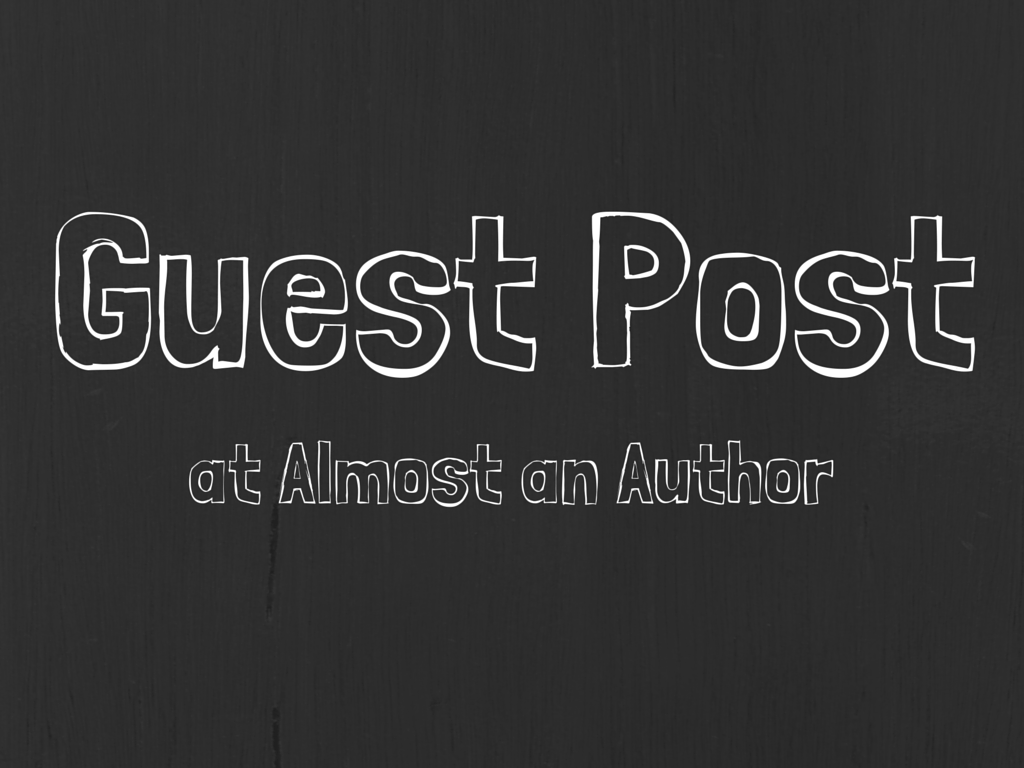It was a quieter time, a calmer day
When people didn’t have so much to say
When thoughtfulness reigned
And answers restrained
Until we’d had time to reflect.
Books made of paper and ink
Weren’t rare, but they caused you to think.
You might “sit a spell,”
Stare out the window and dwell
On a sentence that rolled ‘cross your tongue.
Sentences stretched in two spaces.
Commas lined up like shoelaces.
The author’s rhythm and tone
Made your breath match his own
And his ‘and’ was never confusing.
Some say Oxford comma’s superfluous,
Double spaces are nothing but vacuous
But in them we rest
And our thoughts find a nest
Oh, let characters line up with no counting!
I am not a poet (as you can tell). I wrote this tongue-in-cheek elegy after waxing philosophical on typographical changes in writing, not because I’m old and nostalgic. Okay, maybe I’m a little old.
What does it mean that we remove the Oxford comma and the spaces in ellipses, along with that second space between sentences and after colons? At a practical level, we save paper and reduce our character-count, but I wonder if it changes all readers’ experiences like it changes mine. John Piper recently observed, “Shaped by smartphones and soundbites, we are impatient with communication that forces us to slow down.”
In that milli-second of space, whether blank or occupied by punctuation, the reader breathes. In the seven—yes seven—spaces formerly necessary for an ellipsis, we could consider that which was omitted. Now that we don’t have built-in spacing, it’s up to the writer to create “breathing room” within the paragraphs.
How do we do that? Consider these three ways, then add your own suggestions in the comments at the bottom.
3 Ways to Create Breathing Room in Your Writing
- Dialogue Breaks
At least we still change paragraphs when we change speakers. Beyond that, we can insert speaker beats. (Check this post for how to do it well.) I have this one friend who never pauses when she talks, but most people naturally breath, blink, and/or wait for feedback from others. Those moments in the story give our readers time to catch up.
- Descriptive Moments
We all know, “Show, don’t tell.” Adjectives work naturally into that premise and—bonus!—contribute to the sensory experience. “Spending” the words necessary to say beige carpet or gray sky permits your reader to create a stronger image before moving forward. A few authors do this so well we want to stay in the description. Remember Steinbeck’s whole chapter on a turtle crossing the road in The Grapes of Wrath (ch. 3)? For the rest of us, a couple of descriptive words will suffice.
- Downbeats
Because we, the omniscient authors, know everything that’s happening, we can easily skip that second in which the character processes what he/she has learned, but when our characters take a moment to absorb something, our readers do the same. Let your character freeze mid-step, pause, raise an eyebrow, or exhale slowly. As a reader, I usually end up mimicking the character and understanding the story better because of it.
Use these 3 Ds to help your readers keep pace with your plot through your paragraphs and pages.
Now it’s your turn! What other ways can we manage the “spaces” in our writing? Your ideas don’t have to start with D.
Carole Sparks is a reader-turned-writer because she just couldn’t keep her hands off those delicious sentences! When she’s not writing, she’s running, reading, or raising her children. You can catch up with her on her blog, on Facebook, or on Twitter. (See what I did there? See that last comma?)






 We love helping your growing in your writing career.
We love helping your growing in your writing career.

No Comments
[…] in writing narrative or if you want to see what happens when I try to write poetry that rhymes, here’s the link. In the lower half of the post, I share “3 Ways to Create Breathing Room in Your […]